159 posts
Latest Posts by xnzda - Page 5

The Pinwheel Galaxy - this giant disk of stars, dust and gas is 170,000 light-years across; nearly twice the diameter of the Milky Way. It is estimated to contain at least one trillion stars, approximately 100 billion of which could be like our Sun in terms of temperature and lifetime [6000x4690]
js

HCG 87: A Small Group of Galaxies : Sometimes galaxies form groups. For example, our own Milky Way Galaxy is part of the Local Group of Galaxies. Small, compact groups, like Hickson Compact Group 87 shown above, are interesting partly because they slowly self-destruct. Indeed, the galaxies of HCG 87 are gravitationally stretching each other during their 100-million year orbits around a common center. The pulling creates colliding gas that causes bright bursts of star formation and feeds matter into their active galaxy centers. HCG 87 is composed of a large edge-on spiral galaxy visible near the image center, an elliptical galaxy visible to its right, and a spiral galaxy visible near the top. The small spiral near the center might be far in the distance. Several stars from our Galaxy are also visible in the foreground. Studying groups like HCG 87 allows insight into how all galaxies form and evolve. via NASA
js
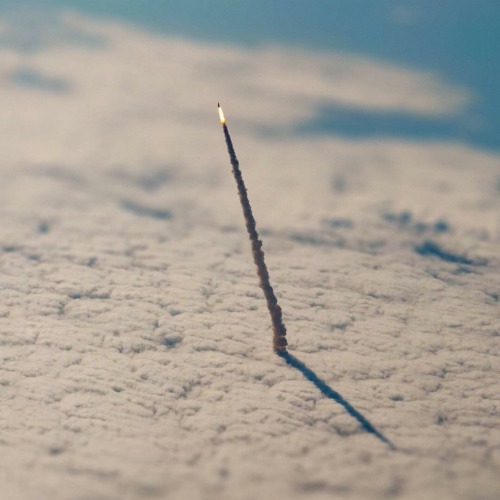
Tilt-shift photo of the space shuttle Endeavour by NASA
https://www.nasa.gov/mission_pages/shuttle/flyout/multimedia/endeavour/11-05-16-2.html

Europa Is Even More Earth-Like Than We Suspected
“The cycling of oxygen and hydrogen in Europa’s ocean will be a major driver for Europa’s ocean chemistry and any life there, just as it is on Earth,” lead author Steve Vance of JPL noted in a statement.

I went to a rural area yesterday and saw an amazing sky perfect for the meteor shower. I think I’ve never seen so many stars! I also captured perseids but I can’t edit pictures well till Sunday so here’s just something of the Milky Way for now!
If you were on the moon during a lunar eclipse and you looked back at the Earth, you would see it surrounded by the red ring of the sun behind it. You’d be looking at every sunset and every sunrise on Earth at the same time.

A cosmic blossom
IC 5148 is a beautiful planetary nebula located some 3000 light-years away in the constellation of Grus (The Crane). The nebula has a diameter of a couple of light-years, and it is still growing at over 50 kilometres per second — one of the fastest expanding planetary nebulae known. The term “planetary nebula” arose in the 19th century, when the first observations of such objects — through the small telescopes available at the time — looked somewhat like giant planets. Although the name stuck, it represents the expanding shell of gas ejected from old red giant stars late in their lives.
And now this one resembles a lovely blossom with layered petals.
Credit: European Southern Observatory

The icy blue wings of Hen 2-437
The patterns and symmetries in space never cease to amaze. Hen 2-437 is a planetary nebula which has spectacularly symmetrical wings. It was first identified in 1946 by Rudolph Minkowski, who later also discovered the famous and equally beautiful M2-9, otherwise known as the Twin Jet Nebula:

Hen 2-437 was added to a catalogue of planetary nebula over two decades later by astronomer and NASA astronaut Karl Gordon Henize. If you’re interested in how planetary nebulae form, go here
Credit: ESA/Hubble & NASA

In this amazing Hubble Space Telescope image, a blue bubble-like nebula surrounds a Wolf–Rayet star WR 31a, located about 30,000 light-years away in the constellation of Carina (The Keel). Wolf–Rayet stars are the most massive and brightest stars known, and their lifecycle is only a few hundred thousand years — a blink of an eye in cosmic terms.
Image credit: ESA/Hubble & NASA, Acknowledgement: Judy Schmidt




Details of the Omega Nebula image credit: European Southern Observatory


new photos of jupiter from the juno spacecraft | (good to know that van gogh had a say in how jupiter was designed)

Bright stars of Sagittarius and the center of our Milky Way Galaxy lie just off the wing of a Boeing 747
js

Looking like an elegant abstract art piece painted by talented hands, this picture is actually a NASA/ESA Hubble Space Telescope image of a small section of the Carina Nebula.
Credit: ESA/Hubble & NASA

Nearby dust clouds in the Milky Way
Credit: NASA, ESA, and The Hubble Heritage Team (STScI/AURA)

Close-up of M27, the Dumbbell Nebula
Credit: NASA/ESA, Hubble
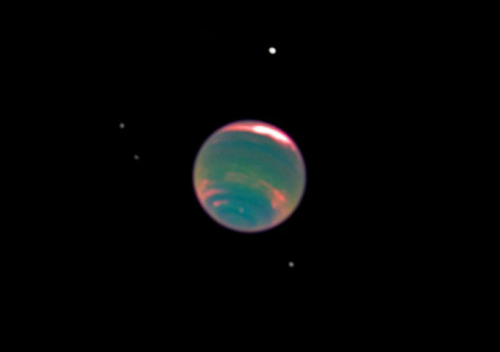
View of Neptune in the infrared, showing bands of methane in its atmosphere captured by the Hubble Space Telescope, this image is surrounded by four of its satellites, Proteus, Larissa, Despina and Galatea.
Credit: NASA/ESA/Hubble
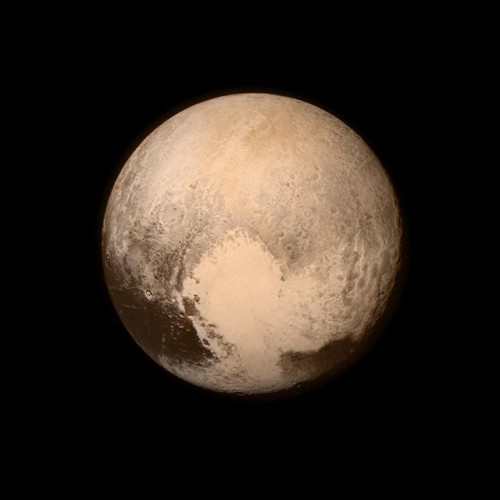


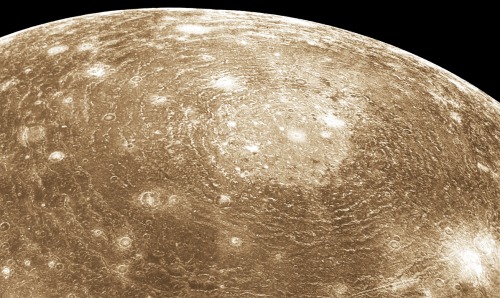
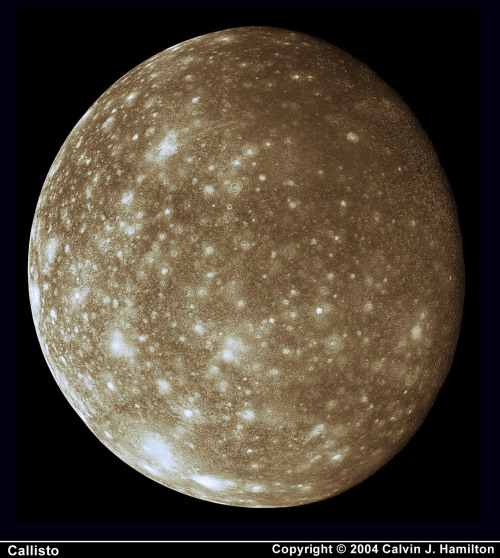
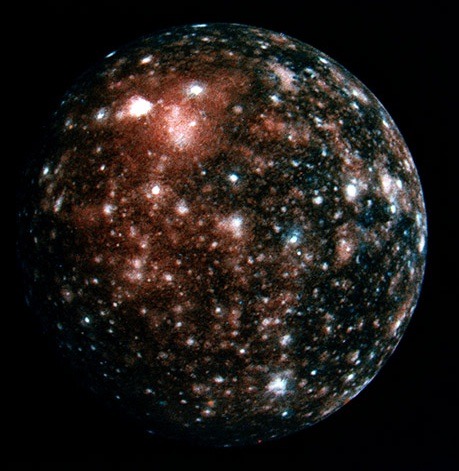

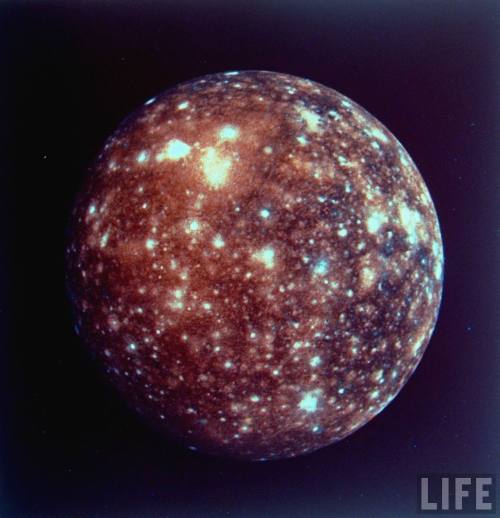
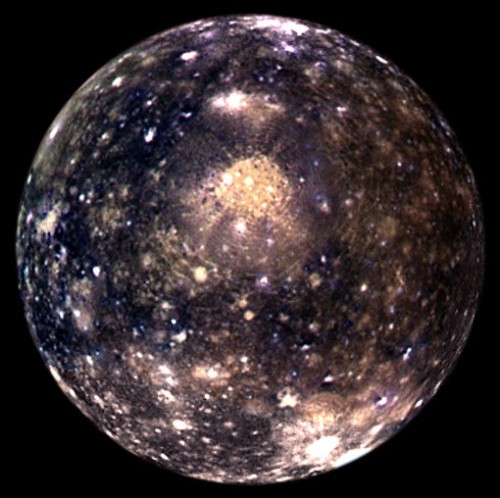












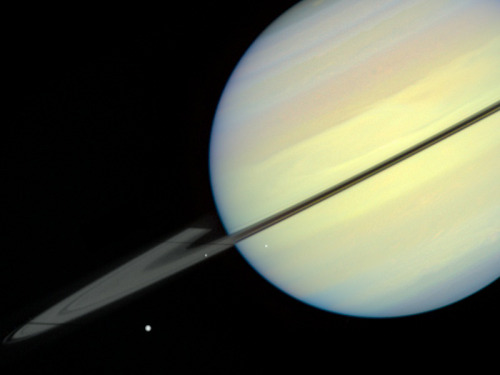
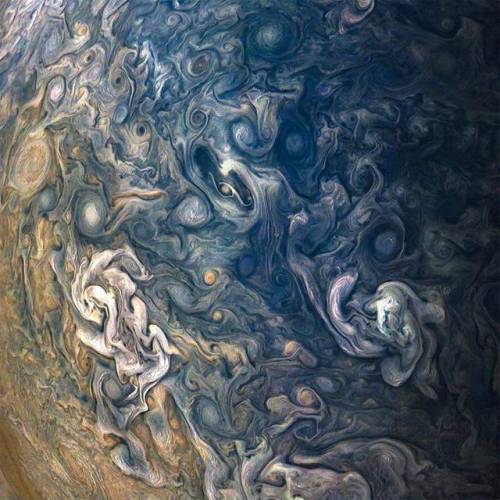
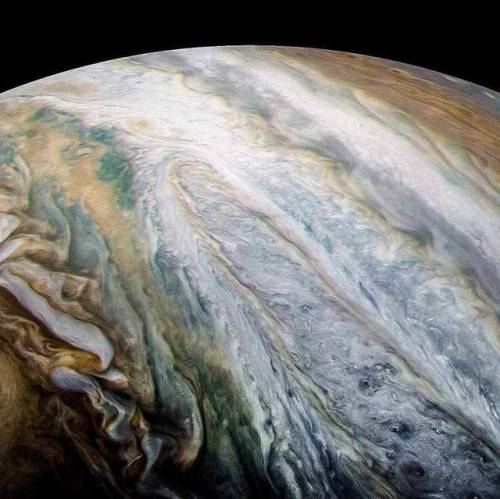
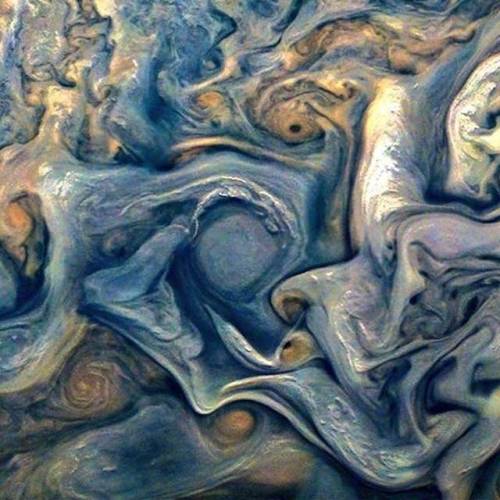
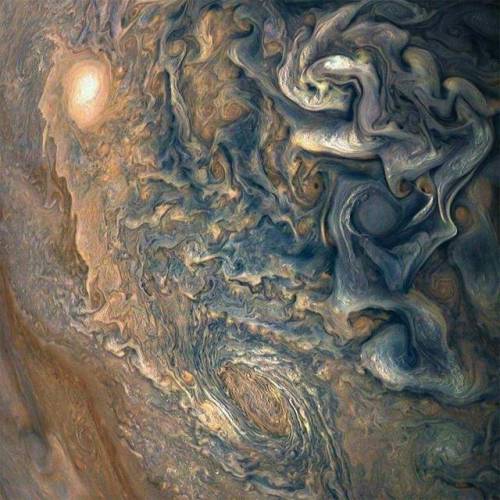

![Rose-Colored Storm On Jupiter Captured By Juno Spacecraft [1080 X 758]](https://64.media.tumblr.com/89d609ebb914f37a7661e278500f7f6b/tumblr_p63w1he5hC1ve10t6o1_500.jpg)
![Swirls And Colors On Jupiter From Juno [3709x2772]](https://64.media.tumblr.com/a02cf38823ae6cfdd3b32a401035a7a3/tumblr_pij9hl3nnd1rcl722o1_500.jpg)